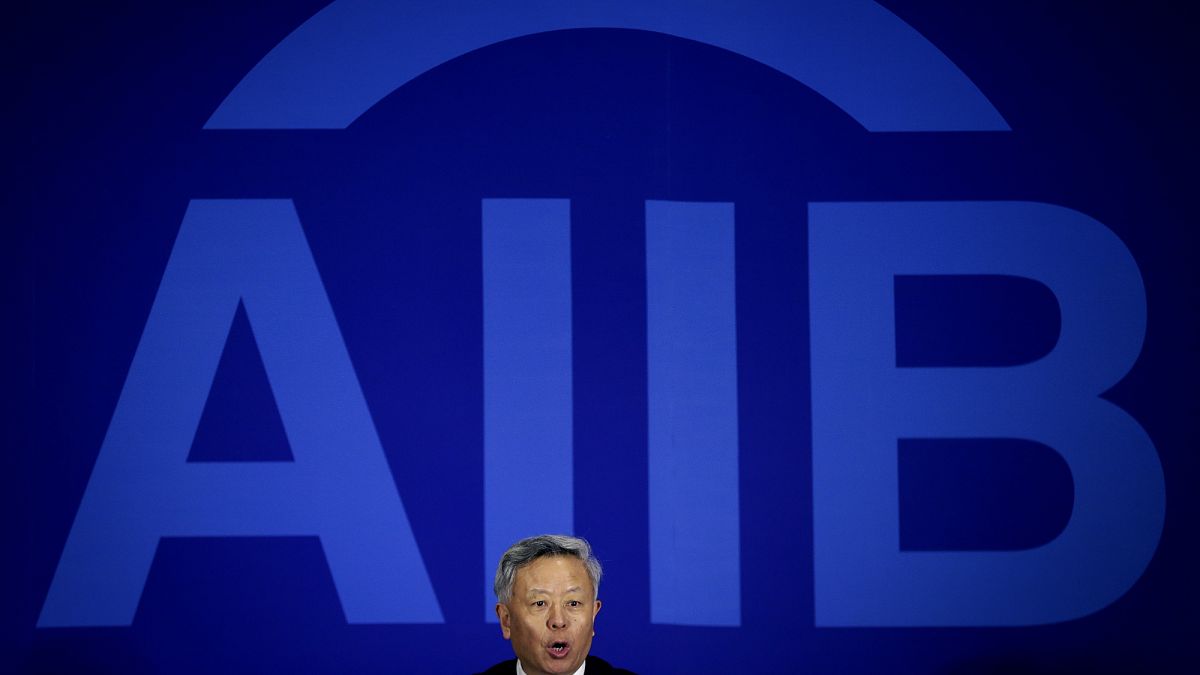

This week, the world has witnessed significant developments across various fields, from infrastructure finance to artificial intelligence and medical technology innovations. These advancements, while diverse in nature, share a common theme of progress and potential, impacting both regional landscapes and global technological agendas.
At the forefront of regional economic development is the 10th Annual Meeting of the Asian Infrastructure Investment Bank (AIIB), held in Beijing from June 24 to 26, 2025. This event marks a milestone in AIIB’s ongoing commitment to fostering sustainable economic growth across Asia and beyond. As an increasingly influential financial institution, AIIB provides critical funding and resources to infrastructure projects vital for regional development. The bank’s projects aim to address the infrastructural gaps in emerging Asian economies while promoting environmentally safe practices and regional economic cooperation. By fostering a robust infrastructure framework, AIIB’s efforts are expected to enhance trade, connectivity, and economic growth in the region, demonstrating the institution’s crucial role in the modern economic landscape.
In another groundbreaking development, key victories have been achieved in the realm of artificial intelligence concerning copyright in the United States. Prominent companies, Meta and Anthropic, emerged successful in recent court decisions, securing the legal ability to train their AI systems using copyrighted materials. These verdicts underscore the delicate balance between intellectual property rights and technological innovation, paving the way for advancements in AI capabilities. Such a triumph for these organizations emphasizes the importance of AI research and development, enabling continued exploration and enhancement of machine learning technologies. As AI becomes increasingly integrated into various sectors, these legal clarifications are vital for the industry’s growth, ensuring that both innovators and original creators can coexist within a legal framework.
Lastly, the field of medical technology has seen an intriguing development with the introduction of microscopic robots aimed at treating sinus infections. Researchers from esteemed institutions in China and Hong Kong have successfully conducted animal trials, utilizing swarms of these tiny devices to clear stubborn sinus infections. Each robot, no larger than a speck of dust, is meticulously designed to navigate the human body with precision, offering a novel approach to non-invasive medical treatment. These micro-robots, which hold the potential to be expelled naturally after targeting infections, reflect a step forward in addressing complex health conditions with minimal invasive procedures. Although challenges such as the risk of device retention in the body and public skepticism remain, these pioneering efforts present a promising outlook for future medical applications.
The convergence of these developments paints a hopeful picture of a future where economic, technological, and healthcare systems evolve collaboratively for enhanced human experiences. As we continue to embrace these advancements, maintaining a mindful approach will be key to harnessing their full potential sustainably and ethically. In each domain, from regional economic structures to pioneering health technologies, we are embarking on a journey toward a more connected and equipped global society.
Source: {link}
